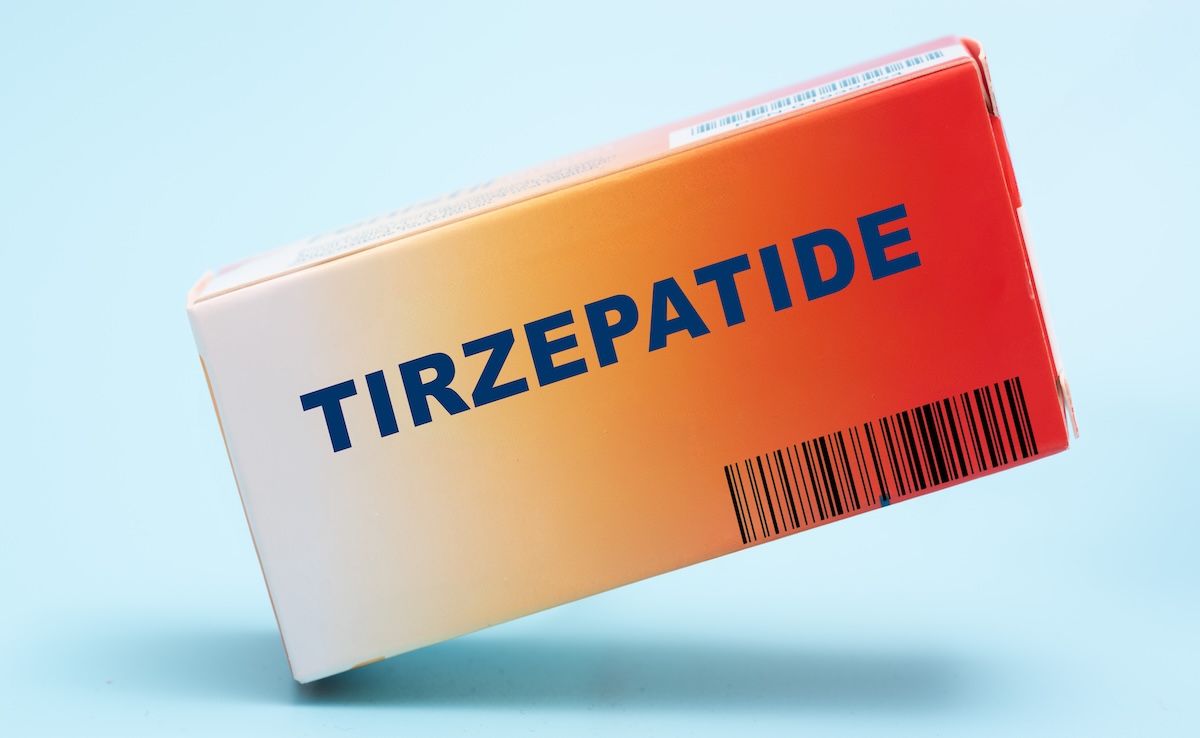News
Article
How Patients Navigate Anticoagulation, Bleeding After Venous Thromboembolism
Author(s):
A descriptive, qualitative study investigated the experiences and perspectives of patients with venous thromboembolism on shared decision-making and treatment with anticoagulants.
Patients who have endured an unprovoked venous thromboembolism (VTE) express a preference for continued anticoagulation intervention despite its impact on their quality of life, according to a study recently published in Research and Practice in Thrombosis and Haemostasis.
VTE consists of pulmonary embolism (PE) and deep vein thrombosis (DVT). An estimated 50% of VTEs are deemed unprovoked as they are not attributable to an identifiable risk factor. VTEs carry a great of risk morbidity and mortality, which is especially true in unprovoked cases. Furthermore, unprovoked VTEs are likely to recur, with 2-year risk rates up to 16% and 10-year rates of 36%.
Doctor Informing Patient, Shared Decision-Making Concept | image credit: Prostock-studio - stock.adobe.com

The authors of the present study note current guideline recommendations for the indefinite use of anticoagulation in affected patients following 3 months of initial treatment. Intervention with anticoagulation tends to be successful for preventing the return of VTE; however, this treatment comes with its own risks such as bleeding events. To weigh the benefits and detriments of this treatment approach, many guidelines encourage shared decision-making to involve the patient in their course of care after their first 3 months of anticoagulation.
At present, it is not fully understood how this patient population considers the pros and cons of continuing anticoagulation once they’ve endured a clinically relevant bleeding event of their own. To gain an understanding of the perspectives of patients with unprovoked VTEs on this subject, researchers conducted a study to investigate the values, experiences, and decision-making needs of patients who continued their treatment even after experiencing anticoagulant-related bleeding.
Semistructured interviews were conducted with patients recruited from a hospital in Eastern Ontario, Canada, that has more than 16,000 annual visits for the treatment and diagnosis of VTE.
From September 2021 to December 2021, a total of 14 interviews were conducted. The interviews lasted for a mean of 53.5 minutes and participates were aged 55 years on average. Overall, patients were focused on how anticoagulant bleeding impacted their daily life and employment, the diagnostic work-up after a bleeding event, heavy menstrual bleeding being dismissed by their providers (in women), and the unexpected nature of these events.
Not everyone’s experiences were universal. While some patients mentioned bleeding informing their decisions to leave their jobs or causing discomfort with dismissive clinicians, some interviewees credited their anticoagulant for aiding in the detection of occult malignancies or infections such as Helicobacter pylori bacteria in their stomach and cancerous polyps in their colon.
Patient experiences varied when the time came to choose whether they would discontinue or continue with anticoagulant treatment. Some patients reported not being informed or involved in this process. “At no point in time did they say, we will keep you on [anticoagulants] for this amount of time, and then take you off it and monitor you closely [off anticoagulants],” one participant detailed. Other patients were not as concerned with their involvement, stating trust in the specialist having their best interest in mind.
For patients who decided to continue anticoagulants despite the risks they carry, the researchers noted their treatment choices were influenced by the trauma of their initial VTE diagnosis, beliefs that anticoagulant-related bleeding is easier to manage than recurrent VTE, the non–VTE-associated benefits of anticoagulation, the unpredictability of VTE, and their connections to specialty care.
“Initial diagnosis of VTE for many patients included in the study came as a surprise, as they did not believe they fit the profile of a typical VTE patient. Several patients attributed their age or physical activity levels as factors protective against the development of VTE and were therefore surprised when investigations for their presenting symptoms led to a final diagnosis of VTE. Therefore, the unexpectedness of VTE diagnosis influenced their values and preferences pertaining to balancing risks of recurrent VTE and major bleeding. In addition, the experiences that led to the diagnosis of VTE, specifically among patients with PE, were traumatic,” the authors wrote.
In the remainder of their interviewing, the authors found that the key subjects that patients lacked information on were their personal risks, knowledge on bleeding complications, the long-term effects of being on anticoagulants, and the difference between arterial and venous thrombosis. Additionally, many patients were unaware that there were decisions to be made about their course of care—and that they could participate in those.
This study highlighted the glaring unmet decision-making needs that can impact the care, perceptions, and knowledge of patients with VTE navigating their condition. “Effective interventions that could address these decisional needs are patient decision aids and decision coaching. Addressing these needs will improve patient-centered management of VTE,” the authors concluded.
Reference
Winter MA, Xu Y, Stacey D, Wells PS. Qualitative experiences, values, and decisional needs of patients with unprovoked venous thromboembolism who suffer bleeding—“this pill will keep you alive tonight”. Res Pract Thromb Haemost. Published online February 29, 2024. doi:10.1016/j.rpth.2024.102360
2 Commerce Drive
Suite 100
Cranbury, NJ 08512
© 2025 MJH Life Sciences® and AJMC®.
All rights reserved.





